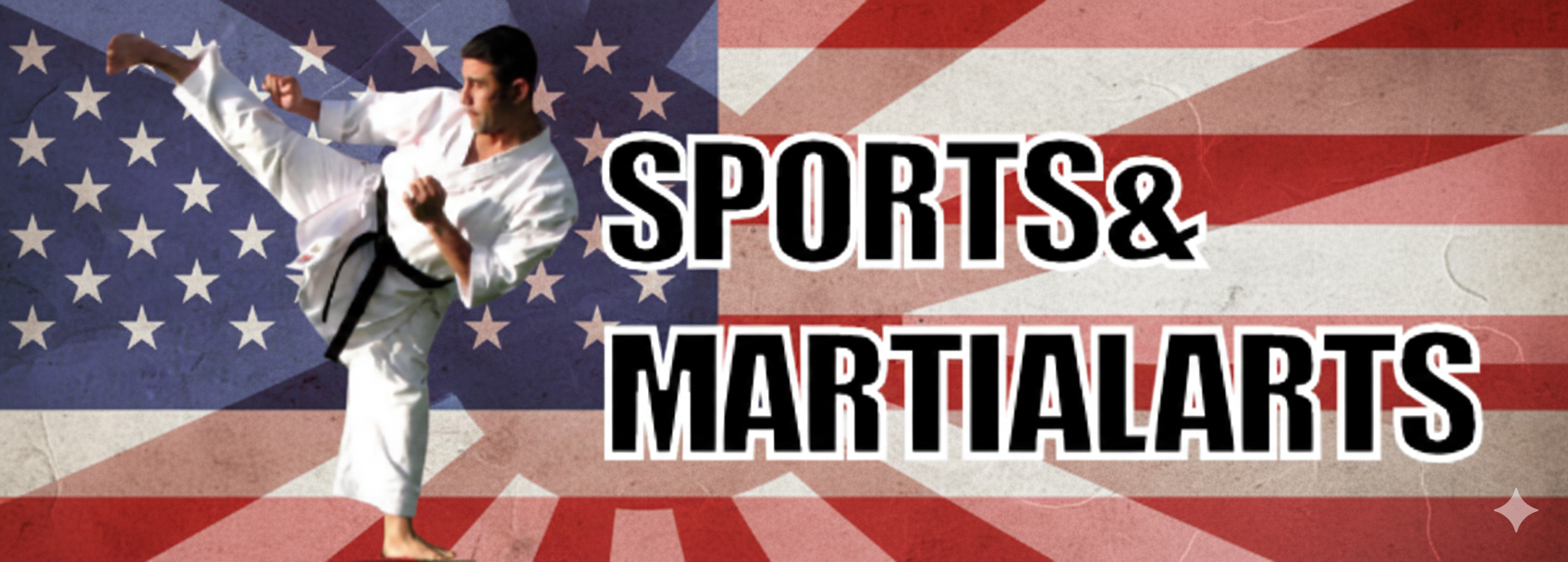Contents
The Importance of Karate Stances: Mastering the Foundation of Martial Arts
In Karate, stances are more than just physical positions; they form the foundation of your technique, discipline, and mental focus. Each stance serves a unique purpose, offering stability, power, and fluidity, allowing the martial artist to execute moves with precision and control. From beginners to black belts, mastering these stances is essential for progress in Karate, especially within the practice of kata.
What Are Karate Stances?
Karate stances, or “dachi,” are specific postures that provide a strong, balanced foundation for striking, blocking, and moving effectively. They ensure that every movement flows seamlessly and helps the practitioner maintain proper form during training and combat. Stances can vary in width, height, and orientation, each providing distinct advantages depending on the situation.
Why Are Karate Stances Important?
- Balance and Stability: Stances provide the necessary grounding for all techniques. A strong stance ensures that you can deliver powerful strikes while remaining balanced and in control of your body.
- Power Generation: Karate stances are designed to maximize the force of your strikes and blocks. Proper weight distribution and alignment allow you to generate power from your legs and hips, which translates into more effective techniques.
- Defense and Mobility: While stances offer stability, they also enable quick movements. By adjusting your stance, you can shift from offense to defense or move rapidly in different directions, depending on the situation.
- Mental Focus and Discipline: Each stance in Karate requires concentration and awareness. By holding and transitioning between stances, a practitioner sharpens their mental discipline, focus, and control over both body and mind.
How Can Karate Stances Be Used?
Karate stances are not just static positions; they are dynamic tools used in various techniques. Here’s how they can be applied:
- Striking: A stance like Zenkutsu-dachi (front stance) provides the support needed to deliver strong punches or strikes while remaining grounded.
- Blocking: In a stance like Kokutsu-dachi (back stance), you can effectively execute blocks while maintaining balance and protecting vulnerable areas.
- Transitioning: Moving from one stance to another, as seen in kata, allows the practitioner to flow seamlessly from one technique to the next, with speed and control.
- Combat Application: In sparring or self-defense, stances help the practitioner quickly respond to threats, transitioning from defense to offense with ease.
Karate Stances in Kata
Kata, a sequence of pre-arranged movements or forms, is a vital part of Karate training. Stances in kata are not just for building strength or power; they are the framework for understanding strategy, timing, and technique.
- Kihon Kata: In beginner-level katas, stances form the base for learning key techniques. Proper execution ensures the development of strong fundamentals.
- Advanced Kata: For advanced practitioners, kata stances become more complex, requiring fluid transitions and a deeper understanding of the martial art’s principles. These stances help practitioners internalize movement patterns, balance, and energy flow.
These are the stances you will find in traditional karate, required in all katas and part of the foundation of the system.
- Heiko dachi (parallel open stance)
- Heisoku Dachi – Closed feet stance
- Kake ashi dachi (hooked stance)
- Kamae Dachi – Fighting Stance
- Kiba Dachi – Horse stance
- Kokutso Dachi – Backward Leaning Stance
- Moro Ashi Dachi (two foot stance)
- Musubi Dachi – Open Feet Stance
- Neko Ashi Dachi – Cat Stance
- Shiko Dachi – Sumo Stance
- Shizen dachi (natural stance)
- Sanchin Dachi – Hourglass Stance
- Tsuruashi dachi (crane stance)
- Uchihachiji dachi (pigeon toe stance/inside eight character stance)
- Yoi dachi (ready stance)
- Zenkutsu Dachi – Forward Leaning Stance
- Iai Goshi Dachi
- Fudō Dachi
- Sōkutsu Dachi
- Naihanchi Dachi
- Hangetsu Dachi
- Moto Dachi
- Kosa Dachi
- Han Zenkutsu Dachi
- Han-Kokutsu Dachi
- Sagi Ashi Dachi
- Renoji Dachi
- Teiji Dachi
- Musubi Dachi-heiko
- Hachiji Dachi
- Uchi hachiji Dachi
- Heikō Dachi
- Seiza Dachi
These stances are part of the foundation of Karate, you might have strong punches and powerful kicks but if you do not have a good stance a good sweep and you’re down. Stances are important for your Katas.
Conclusion: The Role of Stances in Karate Training
Mastering Karate stances is essential for every martial artist, no matter their skill level. These stances provide the structure and foundation necessary for both offensive and defensive techniques. As an integral part of kata, stances help martial artists learn fluidity, power, and precision in their movements. By practicing and perfecting your stances, you can improve your balance, enhance your strength, and develop the mental discipline necessary to excel in Karate.
Karate Requirements
- Karate Stances
- Karate Punches
- Karate Kicks
- Karate Blocks
- Karate Strikes
- Karate Traditional Katas
- Karate Traditional Weapons
- Karate General Terminology
Follow our Social Media!











